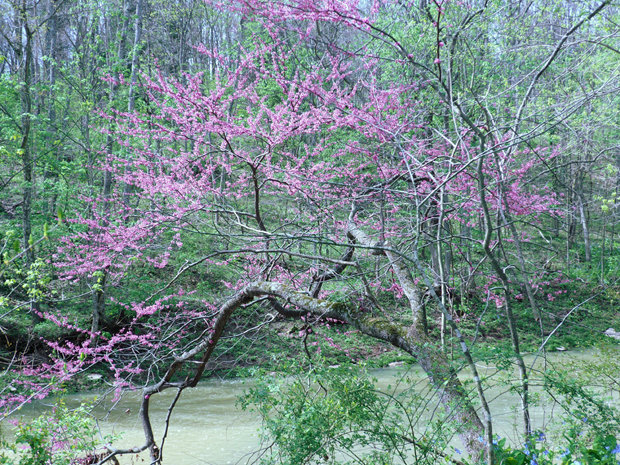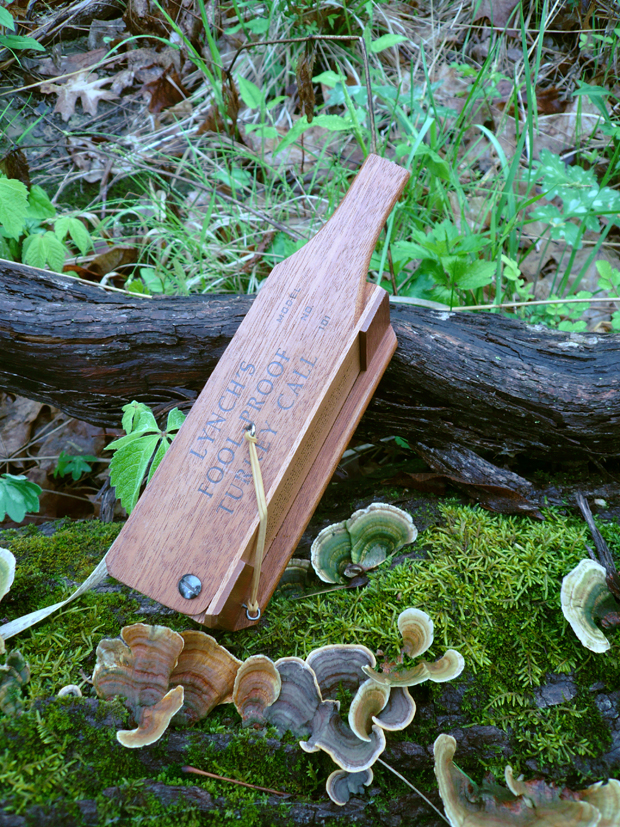In February, optimism begins to bloom inside of me, riding on warm thoughts of the coming spring. Maybe it is the same with you when you see the days getting a bit longer and the gray, leaden clouds occasionally opening up to provide a much-needed glimpse of a warm blue sky. Under these conditions, my first thoughts are always of woodcock returning from their southern wintering grounds to nearby brushy fields and clearings, and of the magic and wonder I feel when going to those secret coverts on March evenings to watch the males perform their mating ritual in the thin, fading light. My wife, Debbie, and I go there with old friends and hunting companions—Mark and Lois, Jim and Linda, Billy and Linda—just to be among these little russet migrants that have captured our hearts over these many years and, quite simply, as Mark often says, “to see the woodcock dance.” We thrill to the male’s peenting and his erratic, spiraling flight into the dusky sky and then watch amazed—over and over again—as he plummets to earth, seemingly out of control, only to catch an occasional glimpse of him stopping short and then fluttering softly to earth, at nearly the exact place from which he began this aerial display for a female tucked into the cover somewhere nearby. It is a fine way to welcome spring and the best of excuses to be among old friends with whom I’ve shared the woods and waters for most of my life.
But more and more each year I find myself getting excited about wild turkeys and the beauty of spring. This new passion seems to be an even greater antidote to winter, one that I so desperately need at this point in the year.
And so I imagine warm afternoons afield, growing more anxious each season to experience the beauty and serenity of the spring woods—before spring turkey hunting was available here, I was off fishing for bass and panfish at this time of year. Each season I am hopeful that my forays into the woods, hopefully accompanied on at least one trip by my friend, the celebrated wildlife artist and naturalist John Ruthven, in time to see the wildflowers at their peak—carpets of Wild Blue Phlox, May apple, Virginia Bluebell, and Blue-eyed Mary, and so many others I’ve yet to learn to quickly identify—and, of course, I hope to stumble onto a bounty of morels, just basking before in a patch of morning sunlight, beneath a cluster of redbud and dogwood trees in full, vibrant bloom. And I look forward to encountering the box turtles, often just waking from hibernation—the season before last, as I sat and waited on a gobbler to fly down at dawn, I was amazed to discover that the faint rustling noise beside me was coming from a turtle just emerging from the loose soil, almost rubbing against the Lynch box-call I had placed in the leaves beside me as it did so. It was, of course, a great privilege to be included in such a grand episode of wonder.
I begin to venture out on scouting trips before dawn, to hear the barn owls serenade in the half-light—that magical border between night and day—and to listen to the coyotes—that symbol of the new wild inhabiting local woods and pastures—yipping in the distance. And I am eager to hunker down on a woods road or along a deer trail that wanders through a stand of cedars, to wait on first-light and to hear what I hope will be the scattered gobbling of waking turkeys. Some of these outings are focused on seriously attempting to discover strut zones and active roosting areas—sometimes sitting quietly nearby at dusk, in hopes of hearing a few birds fly-up, and maybe even seeing an old gobbler, in silhouette, as he settles on a limb for the night—while others are just rambles in the woods with old friends content with our memories and with imagining what new memories might be made in the season ahead.
While every year the spring hunts are more about friendship and about being out in the places we love, I also admit to thinking a great deal about how I might trick an old boss gobbler in the coming season. I begin each year by practicing my calling on a few favorite calls, especially my Lynch box-call, along with taking inventory to ensure I have enough chalk and some extra rubber bands and sandpaper. And then I practice calling some more—I keep the call close-by and practice at any opportunity, both inside and out—while imagining the gobbler of my dreams answering those calls, sometime with double- and triple-gobbles coming back to me in the dark of the spring woods….
And while I still clean the shotguns, check the supply of turkey loads, and gather camouflage gear, these days it seems to be less about the shooting and more about the total experience—I find myself watching for and hoping to be included in more unexpected moments of wonder. Like last year, in the evening on the last day of the season, when a gobbler silently displayed at the edge of a pasture in an attempt to attract my hen decoy—well out of gun range—and then simply walked away when she failed to respond to all that grandeur he’d brought forth. And then, when he reached the woods’ edge, he turned and offered a final display of his magnificent tail-fan, gobbled once, and then disappeared into the greening woods, without so much as another sound.
That image haunts me, still….
To read more great stories like this one go to www.thecontemporarywingshooter.com





